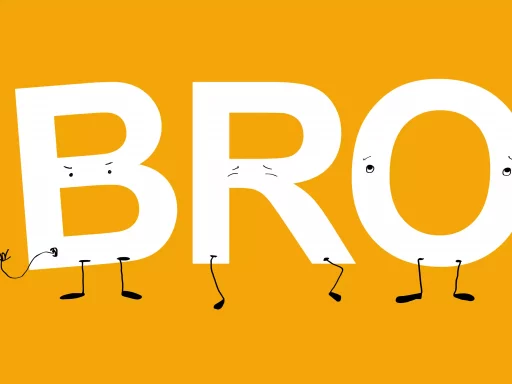Ratio is a term commonly used in slang on social media platforms like Twitter, TikTok, and Instagram. It refers to the act of receiving more replies/comments than likes on a post, indicating that the post was not well-received. This phenomenon has become a popular way for users to mock or criticize someone’s content.
When someone posts content that is deemed unpopular or controversial, other users will reply with ‘ratio’ to show that the comments far outweigh the likes, suggesting that the post is not well-liked. The term has evolved to symbolize the disparity between positive engagement (likes) and negative feedback (comments).
For example, if a user tweets something offensive or insensitive, they may receive a high number of replies criticizing their actions. In this case, the ratio would indicate that the tweet was not well-received by the audience.
Recently, a Twitter user shared a controversial opinion about a popular TV show, only to be met with hundreds of comments disagreeing with their viewpoint. The replies far outnumbered the likes on the tweet, leading other users to comment ‘ratio’ as a form of mockery.
One interesting case study involves a TikTok video that went viral for all the wrong reasons. The video depicted a person engaging in risky behavior, prompting viewers to express their disapproval in the comments. Despite receiving thousands of views, the video had very few likes, resulting in a clear ratio situation.
According to social media analytics, posts with a high ratio are often associated with negative sentiment and controversy. Brands and influencers pay close attention to their ratios as a way to gauge public opinion and adjust their content strategy accordingly. A high ratio can damage a user’s reputation and credibility, making it essential to engage with audiences in a meaningful way.






